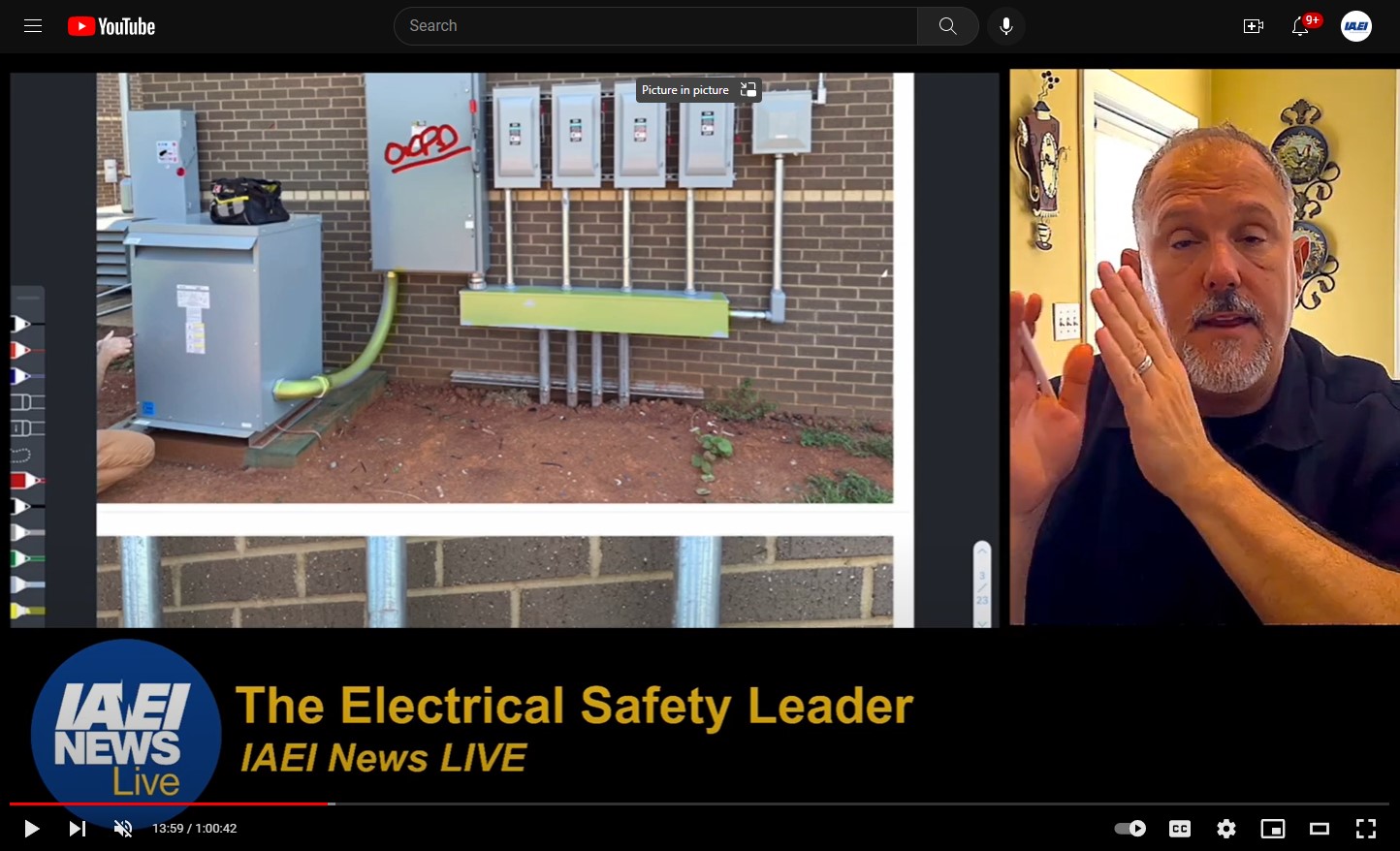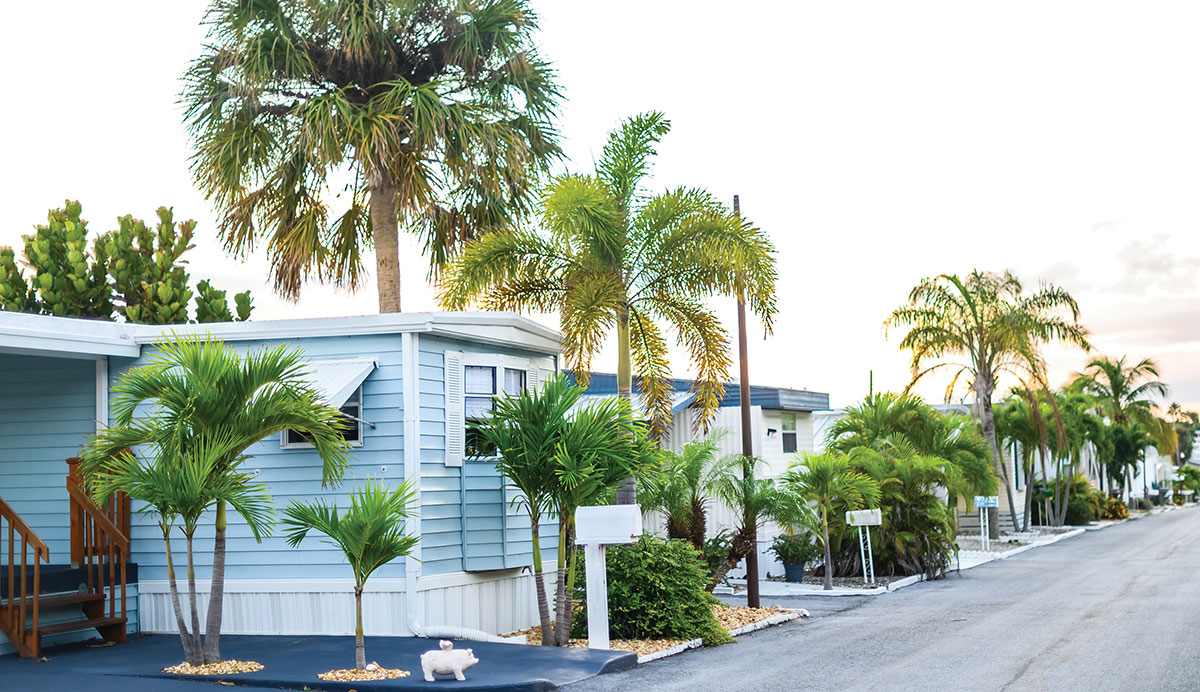For those of us who have been using the NEC for a number of years, when looking at the 1999 edition, we see a whole new document. This will be a cycle of relearning what we already know. Along with the changes is the relocation of a lot of existing information. It would be impossible to explain all of the rework and changes in Article 240 in just one short article. It is my recommendation that you check the IAEI News for a seminar in your area and attend it.
But let us browse through Article 240, examining the highlights briefly:
Section 240-3(d) Small Conductors is a relocation from the bottom of Table 310-16. There is not anything new here; it was felt that the rule would be better served if this information were located in the Overcurrent Protection Article and that it would, possibly, be easier to find.
Section 240-3(e) Tap Conductors now have a definition of their own as used in 240. In the past there were major abuse and misuse of the rules for a tap conductor and there was not a clear statement as to what a tap conductor is. Hopefully the definition will clear up any questions as to what is a tap conductor.
Section 240-6(c) Restricted Access Adjustable-Trip Circuit Breakers now defines what “”restricted”” means and what has to be done to comply with the rules of installation. There are three ways to restrict access and at least one of the three must be met.
Section 240-21 Location in Circuit has undergone some major rewrite that did not cause any code requirement changes but it will make life a lot easier when applying the rules. There is now a separation of taps to feeders from the requirement for transformer secondaries.
Section 240-21(a) has been divided into two parts: (a) Branch-Circuit Conductors specifies that for this tap one must comply with Section 210-19. The new (b) Feeder Taps lets one know that he is now in the rules for feeder taps. The wording in the 10 ft. tap rule was changed from “”the line side of the tap conductor shall not exceed 1,000 percent of the tap conductor’s ampacity”” to “”shall not exceed 10 times the ampacity of the tap conductor.”” This change was made simply to make the understanding of the math easier. If this still confuses some people you could always do the math both ways. The greatest change was really the rearrangement so that all of the 10 ft. rules are in one location and all of the 25 ft. rules are in another location and so on, you get the idea.
Under Section 240-21(b)(5) Outside Taps of Unlimited Length did not see any significant changes here. Perhaps the most significant event here is something that did not happen. There were a number of proposals and comments for the rule to allow termination in up to six disconnects instead of one. The main argument here was that it is felt, by the proposers and commenters, the number of disconnects should follow the same rules as Service Equipment. The panel felt that they should not be treated the same because of the differences between the two and that there would be less overloading of the tap conductors if limited to one disconnect rather than a maximum of six. I think this one will be back.
There is an interesting clarification to Section 240-21(g) Conductors from Generator Terminals that now spells out that the conductors are not protected from short-circuit or ground-fault under the specifications of 445-4. The conductor sizing has changed and the wording in 445-5 provides for additional language for the sizing of these conductors to afford them the protection needed.
These are some of the changes and relocation of information in 240, but there are some major changes that I did not even mention. I hope you found this to be of interest and may have even picked up some new information that will be of help to you in this new code cycle. I hope that I have an opportunity to present some more of Article 240 in the future such as the new Part H and the rewrite of Part I. Please do not feel as though you have to wait for me, let one of the IAEI Seminars introduce you to these exciting changes. Check your magazine for dates and places, and check with your local chapter.














Find Us on Socials